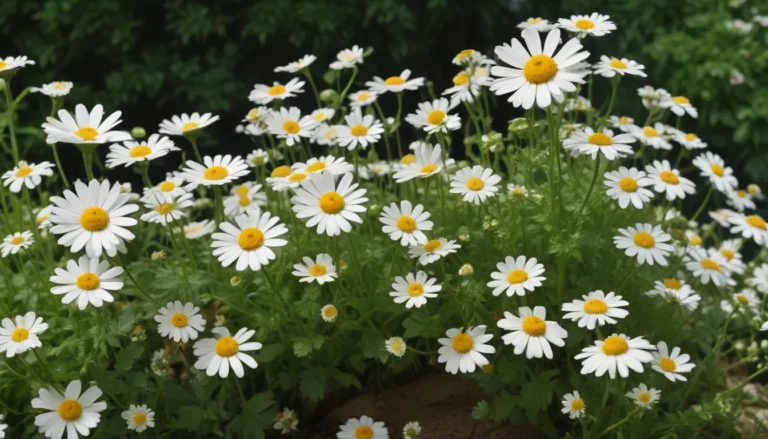The Importance of Rotating Cover Crops for Healthy Soil

When it comes to maintaining a healthy garden, cover cropping is a valuable practice that offers numerous benefits. By planting fast-growing cover crops in fallow soil, gardeners can prevent erosion, suppress weeds, improve soil structure, and replenish nutrients. However, one key aspect of cover cropping that is often overlooked is rotation.
In this comprehensive guide, we will delve into the importance of rotating cover crops and explore the various benefits it offers. Whether you have a small backyard garden or a larger agricultural plot, understanding the significance of rotating cover crops can help you create a more sustainable and productive growing environment.
Understanding Cover Cropping
Before we delve into the benefits of rotation, let’s have a quick overview of cover cropping. Cover crops are planted in fallow soil to protect it from erosion and weed growth. These fast-growing plants are typically sown between spring and fall, depending on your gardening schedule. When the cover crops are ready to be utilized, they can be tilled into the soil to enrich it, or mowed down and used as mulch for a no-till approach.
Cover crops fall into three main categories – Brassicas, Grasses, and Legumes. Each category offers unique benefits to the soil, from loosening compacted soil to fixing nitrogen. By strategically choosing cover crops based on your soil’s needs, you can enhance its fertility and structure.
The Benefits of Rotation
While cover cropping alone can improve soil quality, rotating cover crops offers additional advantages. Here are some key benefits of rotating cover crops:
-
Preventing Pests and Diseases: By rotating cover crops, you can disrupt pest and disease cycles in the soil. Different cover crop varieties attract different pests, so rotating them can help reduce the prevalence of harmful organisms.
-
Enhancing Soil Health: Rotating cover crops that have different root structures and nutrient requirements can help diversify the soil microbiome, promoting a healthier soil ecosystem.
-
Replenishing Nutrients: Rotating legumes, grasses, and brassicas can help ensure that your soil receives a balanced supply of nutrients, preventing depletion and promoting plant growth.
-
Weed Suppression: Certain cover crops are more effective at suppressing weeds than others. By rotating cover crops with strong weed-suppressing properties, you can reduce weed pressure in your garden.
Creating a Cover Crop Rotation Plan
To effectively rotate cover crops, it’s essential to have a plan in place. Consider the following tips when creating your cover crop rotation scheme:
-
Follow a Crop Rotation Guide: The Royal Horticultural Society recommends using a rotation guide that includes five plant groups – Brassicas, Legumes, Alliums, Nightshades, and Other Roots. By following a three- or four-year rotation plan, you can improve soil quality and reduce pest and disease pressure.
-
Consider Plant Varieties: When rotating cover crops, choose varieties that are well-suited to your soil type and climate. Brassicas, grasses, and legumes each offer unique benefits, so be sure to select cover crops that meet your specific gardening needs.
-
Avoid Monocropping: Just as it’s important to rotate cash crops, it’s equally important to rotate cover crops. Avoid planting cover crops from the same group in succession to prevent the buildup of pests and diseases.
Incorporating Cover Crop Rotation Into Your Garden
Whether you have a small raised bed or a large agricultural field, incorporating cover crop rotation into your gardening routine can have a significant impact on soil health and plant growth. By following a thoughtful rotation plan and selecting cover crops strategically, you can create a more balanced and sustainable growing environment.
Remember, cover crop seeds have different shelf lives, so be sure to read seed packets and store them properly for future use. By investing the time and effort into rotating cover crops, you can reap the rewards of healthier soil and bountiful harvests.
So why not start planning your cover crop rotation scheme today? Your garden will thank you for it!
Do you have experience with cover crops? Share your thoughts and tips on cover crop rotation in the comments below.
If you’re interested in learning more about cover cropping, check out the following articles:
- How and When to Plant Cold Weather Cover Crops
- Growing Borage as a Cover Crop and for Green Manure
- How to Grow Sunflowers as a Cover Crop
Remember, cover crops are a valuable tool for enhancing soil health and promoting sustainable gardening practices. By incorporating cover crop rotation into your garden, you can enjoy a more productive and vibrant growing space.
**





